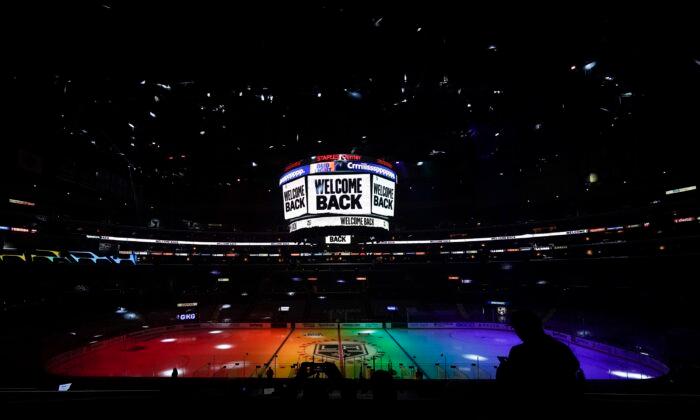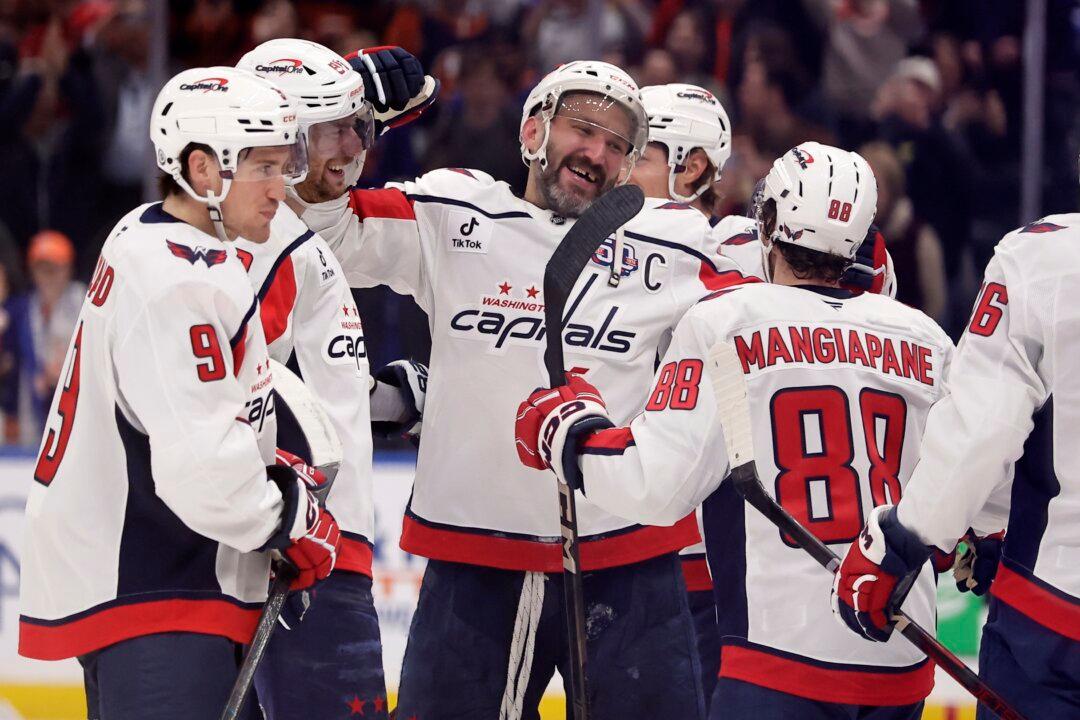Pride nights, held annually for several years by National Hockey League teams to show support for the LGBT community, are in the spotlight following several high-profile incidents this season.
What Are the Objections?
The Staal brothers and San Jose’s James Reimer—who are Canadian—and Philadelphia’s Ivan Provorov, who is Russian, all pointed to their religious beliefs for refusing to take part in warmups.“We carry no judgement on how people choose to live their lives, and believe that all people should be welcome in all aspects of the game of hockey,” Eric and Marc Staal said in a statement. “Having said that, we feel that by us wearing a Pride jersey, it goes against our Christian beliefs.”
The Blackhawks said they acted out of concern that the safety of their Russian player and two others with connections to Russia could be jeopardized by the law when they return home because it expands restrictions on supporting LGBT rights.
Chicago coach Luke Richardson said he and his players were disappointed.
“It’s an unfortunate situation,” Richardson said. “I don’t think we can control the world issues, so that takes it out of our hands.”
Is This Related to Russia’s War in Ukraine?
Somewhat. Russia’s invasion of Ukraine and the anti-gay law signed by President Vladimir Putin in December have combined to pose some problems for the NHL and its 32 teams.No North American professional sports league has as many Russian players as the NHL. The Russian contingent includes some of the league’s best athletes.
There are currently 45 Russia-born players spread across 28 teams, or about 6.4 percent of all players. They include No. 2 career goal-scorer Alex Ovechkin of the Washington Capitals, Tampa Bay’s two-time Stanley Cup-winning goaltender Andrei Vasilevskiy, Lightning teammate and 2019 MVP Nikita Kucherov and reigning Vezina Trophy winner Igor Shesterkin of the New York Rangers.
The top five highest-earning Russian players receive an average annual salary of $11.1 million this season. Sergei Bobrovsky, a two-time Vezina Trophy-winning goaltender who is making $12 million, participated in Florida’s warmup in a Pride-themed jersey.
What’s the Nhl’s History With Pride?
The Stanley Cup first appeared at a Pride parade in 2010 when then-Blackhawks defenseman Brent Sopel brought it to the celebration in Chicago. A few years later, in 2013, the league partnered with the You Can Play Project, which advocates for LGBT participation in sports. The NHL added team Pride ambassadors in 2016–17.Rainbow Pride stick tape debuted with the Edmonton Oilers in 2016. Now all 32 teams hold a Pride night, though many do so without themed jerseys. The Boston Bruins and Columbus Blue Jackets call theirs “Hockey Is For Everyone” night.
What Has Been the Reaction?
The You Can Play Project responded to Reimer’s decision by saying it was disappointed.“Religion and respect are not in conflict with each other, and we are certainly disappointed when religion is used as a reason to not support our community,” the organization said.
What Did League Officials Say?
NHL Commissioner Gary Bettman, defending teams’ handling of the situation, said the boycotts were not about accepting bigotry.“Whether or not you choose to embrace and make a statement on behalf of a cause affirmatively, if you choose not to do that, it doesn’t necessarily make you a bigot,” Bettman said last month. “I’m sure you don’t endorse every single charity that solicits you, and you don’t participate in every social cause. You pick and choose the ones that are important to you.”
What’s Next?
Teams with Pride nights coming up have some decisions to make. The Buffalo Sabres are set to host their event on Monday, and the Vancouver Canucks on March 31. Each team has at least one Russian player.It was not clear if players would wear Pride jerseys in warmups, as the teams have done in the past.





